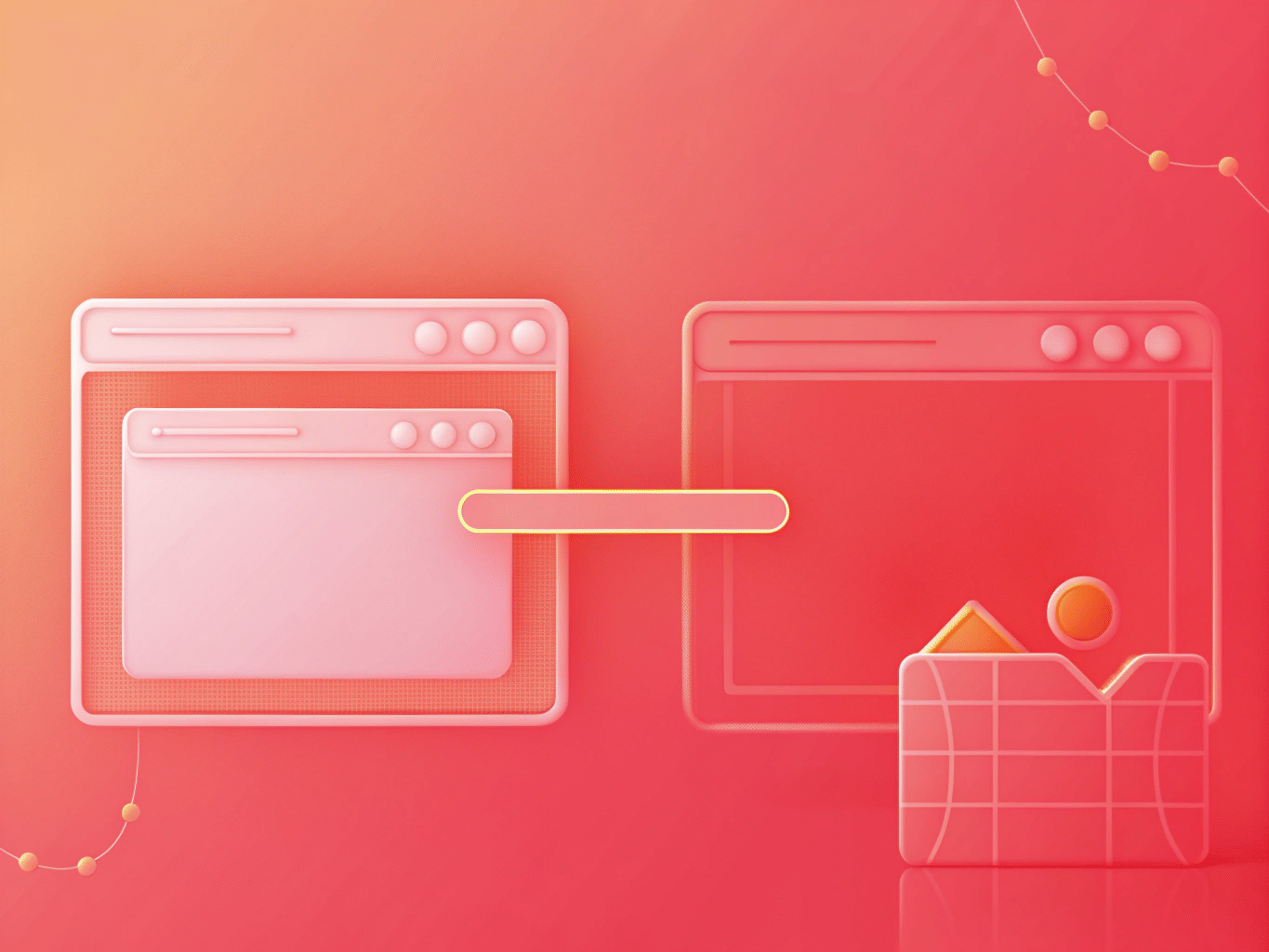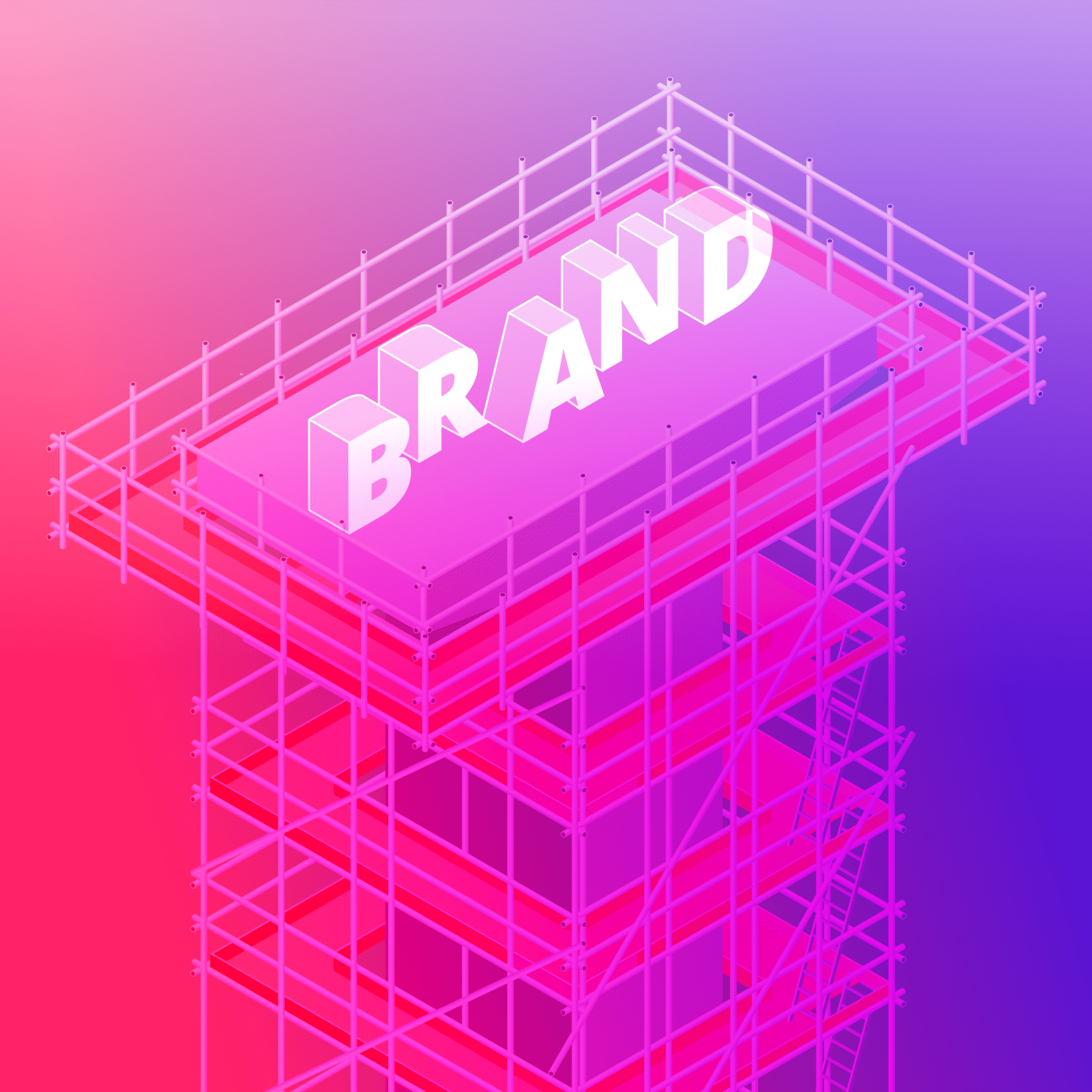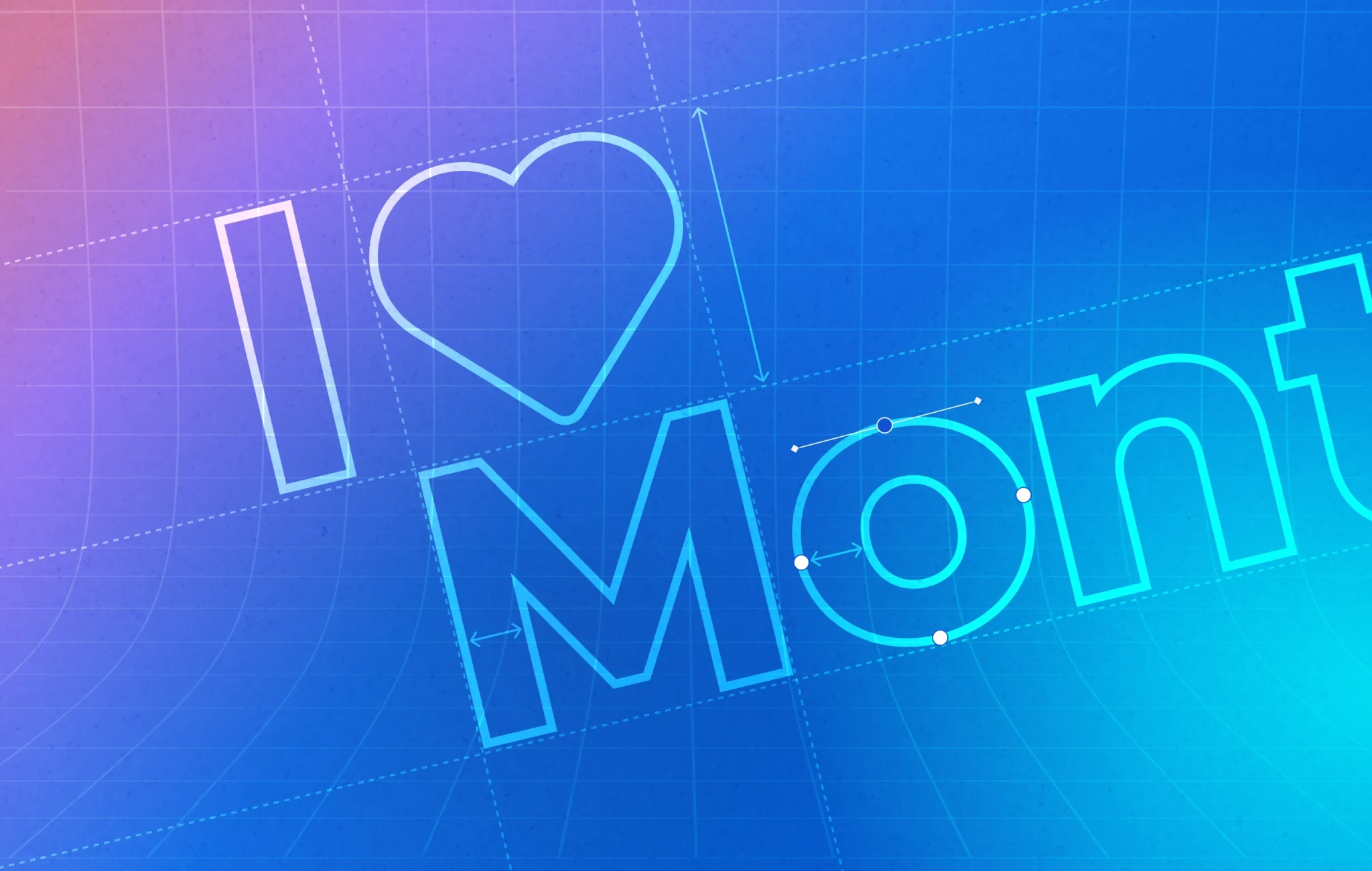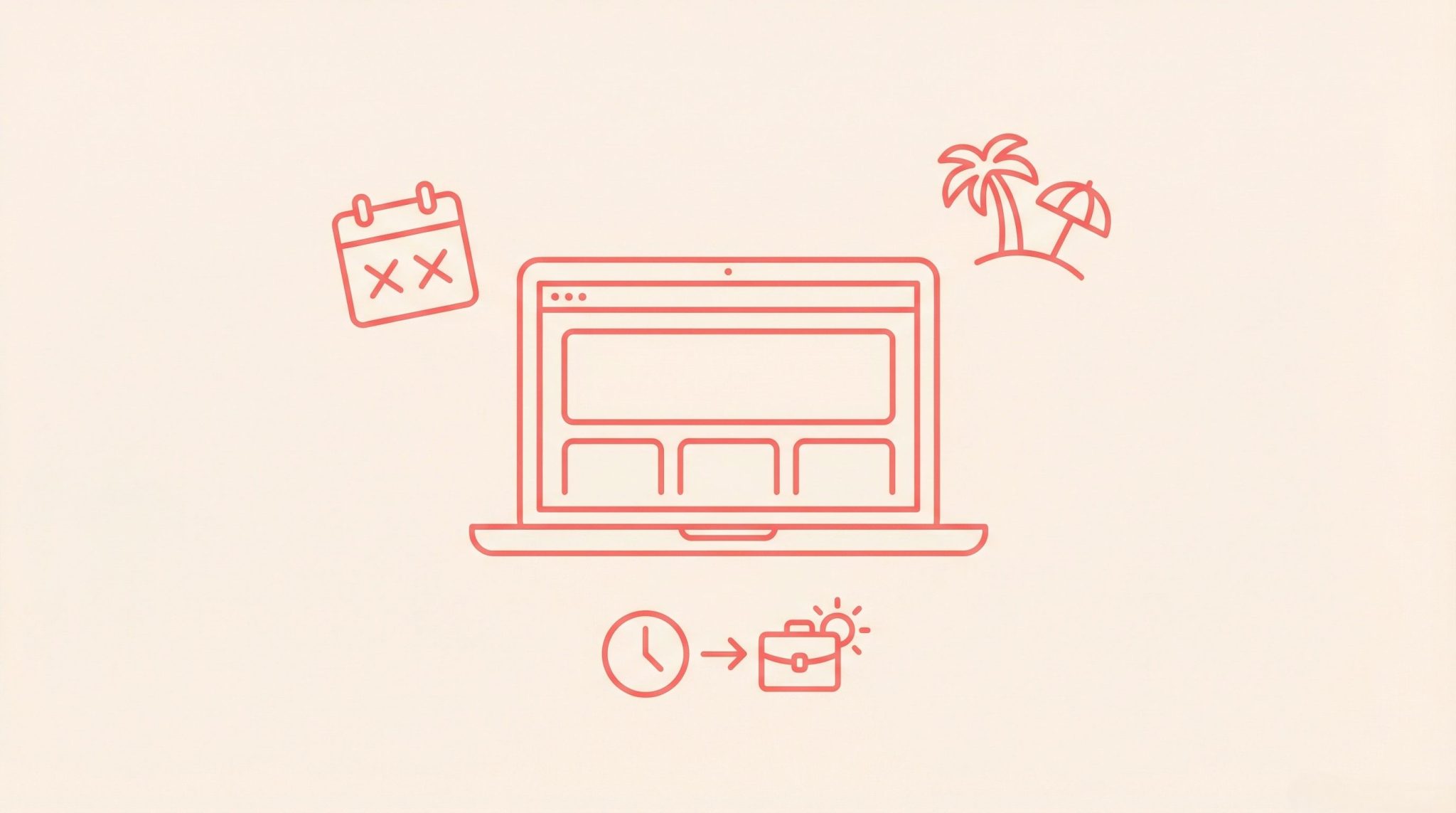TL;DR: Web designing is the creative process of planning and building website layouts, visuals, and user experiences. It’s different from web development, which handles coding and functionality.
In Australia, web designers earn $65,000–$95,000 annually, with strong demand across industries. Key skills include UX/UI design, responsive layouts, and familiarity with tools like Figma or Adobe XD. Whether you’re hiring a designer or exploring career options, this guide covers everything from wireframes to launch.
Think about the last website that caught your attention. Maybe it was a sleek online store, a government service portal, or a brand page that just felt right. That sense of clarity and ease, that effortless experience, is the result of thoughtful web design.
In Australia’s fast-growing digital landscape, more than 50,000 web designers are shaping how people shop, learn, and access information across industries. Web design brings creativity and functionality together, blending visuals, usability, and structure to create spaces that are intuitive, accessible, and engaging.
Whether you’re a business owner exploring website options, a creative professional considering a career path, or simply curious about what goes on behind your favourite websites, understanding how web design works has become essential in 2025’s digital-first economy.
Understanding Web Design: Definition and Core Concepts
What Does Web Designing Actually Mean?
Web design isn’t just about making things look good. It’s the strategic process of shaping digital experiences that guide visitors through information, products, or services. Think of it as the architecture of the internet — designers map out how people navigate, interact, and experience a website.
In practice, web designers make decisions about everything from colour schemes and typography to button placement and navigation menus. They’re the reason a local café’s website feels warm and inviting, while a bank’s online portal feels secure and reliable.
What is web development?
Now, you might wonder: where does development fit in?
Web development is the technical implementation—the coding and programming that brings designs to life. Developers work with languages like HTML, CSS, JavaScript, and backend systems to build functioning websites. They’re the engineers who construct the building from the architect’s plans.
According to Jobs and Skills Australia, web developers in Australia earn slightly more than designers, averaging $85,000-$110,000 annually. But here’s what matters: both roles are equally crucial for successful websites.
Is web design the same as web development?
Not quite. They’re complementary but distinct disciplines.
If creating a website were like building a house, web designers would be the architects and interior designers, while developers would be the builders and electricians. One creates the vision; the other makes it work.
Many Australian agencies blur these lines, with professionals taking on both roles. Still, understanding the difference helps when hiring specialists or deciding which career path suits you best.
Web designer vs web developer: Understanding the difference
Let’s break down the key differences:
Web Designers focus on:
- Visual layouts and aesthetics
- User experience (UX) planning
- Brand consistency
- Wireframing and prototyping
- Design software (Figma, Adobe XD, Sketch)
Web Developers handle:
- Writing code and scripts
- Database management
- Server configuration
- API integrations
- Testing and debugging
The overlap? Front-end developers often need design sensibility, whilst modern designers benefit from understanding basic HTML and CSS.
The evolution of web design in Australia
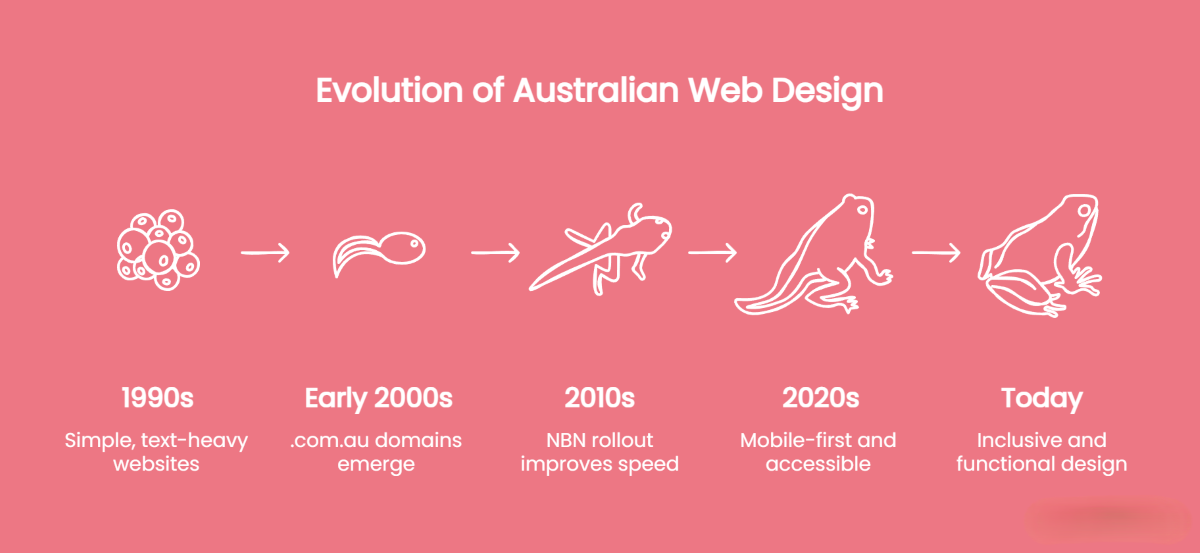
Australia’s web design landscape has evolved alongside global trends, shaped by local innovation and infrastructure. Here’s a quick look at how it developed over the years:
- 1990s: Early websites were simple and text-heavy, with limited visuals and slow load times. Design focused mainly on delivering information rather than creating engaging experiences.
- Early 2000s: The rise of .com.au domains encouraged Australian businesses to build their first websites, marking the start of a local digital presence.
- 2010s: The National Broadband Network (NBN) rollout improved internet speed and accessibility, allowing for more interactive, media-rich websites that reflected modern design standards.
- 2020s: The focus shifted to mobile-first and responsive design, ensuring seamless experiences across devices. Accessibility also took centre stage, with many designers adopting WCAG 2.1 standards.
- Today: Australia stands out for its commitment to inclusivity and functionality. Government platforms like myGov and Services Australia demonstrate world-class usability, serving millions every day.
From simple text pages to dynamic, accessible interfaces, Australia’s evolution in web design highlights how far creativity and technology have come—and sets the stage for where the industry is headed next.
Essential elements of web design
Behind every great website are a few core elements that bring design and function together. These fundamentals shape how users experience a brand online — from the way text reads to how easily a site adapts across devices.
1. Visual hierarchy and layout
Good design starts with structure. A clear layout guides users’ attention, helping them navigate content without confusion. Grids, spacing, and balance all play a role in creating flow and focus — ensuring the most important information stands out first.
2. Typography
Typography isn’t just about choosing fonts; it’s about creating readability and tone. The right combination of size, weight, and spacing makes content easy to digest and gives a brand its personality. Most Australian designers stick to two or three font families for consistency, using clean, modern typefaces that display well across devices.
3. Colour and contrast
Colour affects how users feel and behave on a site. It influences mood, readability, and accessibility. Designers often follow WCAG colour contrast standards to ensure text remains legible against backgrounds — particularly important in Australia, where accessibility guidelines are widely adopted across industries.
4. Mobile Responsiveness
With most Australians browsing on their phones, mobile-friendly design is no longer optional. A responsive website automatically adjusts its layout to suit different screens, offering the same usability whether viewed on a desktop in Melbourne or a smartphone in Perth. Google’s mobile-first indexing means this element directly impacts visibility in search results.
5. Content and messaging
Design draws people in, but content keeps them there. Strong web design weaves words, images, and media into a cohesive experience. Effective content should be clear, purposeful, and easy to scan — reflecting not just what a business does, but who it is.
Key web design concepts every Australian should know
What is a wireframe in web design?
A wireframe is your website’s skeleton—a basic visual guide showing structure without design details.
Think of wireframes as rough sketches before painting. They map out where headers, menus, content blocks, and buttons go, helping clients visualise layouts before investing in full designs.
Professional Australian agencies always start with wireframes. Why? They’re cheap to change. Adjusting a wireframe takes minutes; redesigning a finished page takes hours.
“Do I need wireframes for my website?” Absolutely—especially for complex sites. Wireframes prevent expensive revisions later by ensuring everyone agrees on structure first. For simple landing pages? You might skip them. But for e-commerce sites, web applications, or multi-page business sites, wireframes save time, money, and headaches.
What is front-end web design?
Front-end design bridges visual design and development.
It’s where designs become interactive reality using HTML, CSS, and JavaScript. Front-end designers ensure websites look perfect across browsers—from Chrome on Windows to Safari on Mac.
In Australia’s competitive market, front-end skills command premium rates. Designers who code basic interactions earn 20-30% more than pure visual designers.
What’s the difference between UX and UI design?
UX (User Experience) and UI (User Interface) sound similar but serve different purposes.
UX design focuses on the journey—how users accomplish goals on your site. It’s research-driven, involving user testing, journey mapping, and problem-solving. UX designers ask: “Can users find what they need easily?”
UI design handles the presentation—colours, buttons, icons, and spacing. It’s the visual layer that makes interactions pleasant. UI designers ask: “Does this look professional and on-brand?”
“What’s the difference between UX and UI design?” Think of UX as the route you take driving somewhere—it needs to be logical and efficient. UI is your car’s dashboard—it should be attractive and easy to read. Great websites need both: UX ensures users succeed; UI ensures they enjoy the journey. Many Australian designers specialise in both, calling themselves “UX/UI designers.”
What is CSS used for in web design?
CSS (Cascading Style Sheets) is web design’s paintbrush.
While HTML provides structure, CSS adds style—colours, fonts, layouts, animations. Without CSS, every website would look like a boring Word document.
Modern CSS enables responsive design, animations, and complex layouts impossible just years ago. Australian designers leveraging advanced CSS create sites that adapt seamlessly from Telstra mobile networks to office NBN connections.
Popular web design styles and techniques
What is flat web design?
Flat design strips away shadows, gradients, and textures for clean, minimalist interfaces.
Popularised by Microsoft’s Metro design and iOS 7, flat design dominates Australian corporate websites. Why? It loads fast, scales beautifully, and feels modern.
But here’s the catch: pure flat design can confuse users. That’s why most Australian sites use “flat 2.0″—adding subtle shadows and depth cues to improve usability whilst maintaining minimalist aesthetics.
What is parallax web design?
Parallax creates depth by moving background images slower than foreground content.
Scroll down, and watch elements move at different speeds—creating an immersive, almost 3D effect. Tourism Australia and real estate agencies love parallax for showcasing destinations and properties.
Warning though: overused parallax annoys users and slows page loads. Use sparingly for hero sections or storytelling, not entire sites.
What is a lightbox in web design JavaScript?
A lightbox overlays images or content over your current page, dimming the background.
You’ve seen these—click a thumbnail, and the full image pops up without leaving the page. Lightboxes keep users engaged whilst showcasing portfolios, product galleries, or videos.
Australian e-commerce sites rely on lightboxes for product zooms. But remember: ensure they’re mobile-friendly and include clear close buttons. Nothing frustrates mobile users more than trapped lightboxes.
The web design process: From start to launch
Behind every well-designed website is a structured process that blends creativity, strategy, and collaboration. While the steps can vary between projects, most Australian web design agencies follow a similar flow from concept to completion.
- Discovery and research: The process begins with understanding the business — its goals, audience, and challenges. This phase involves research into competitors, target users, and market positioning to shape the site’s direction and purpose.
- Planning and strategy: Designers and strategists map out the website’s structure, outlining pages, navigation, and user journeys. Content priorities are set, and measurable objectives — like lead generation or engagement — are defined.
- Wireframing and layout: Before any visuals come in, designers create wireframes: simple layouts that show how information will be arranged. This helps clarify flow and usability early on, ensuring the structure makes sense before design begins.
- Visual design: Once the framework is approved, the creative phase begins. Colour palettes, typography, and imagery are aligned with the brand’s identity to create a consistent, engaging look and feel.
- Prototyping and feedback: Interactive mockups allow clients to see how the website will behave in real use. User testing and feedback help refine the design before moving into full development.
- Development and build: Developers bring the approved design to life, turning visuals into a functional website. This stage involves coding, integrating content, and ensuring everything runs smoothly across browsers and devices.
- Testing and launch: Before going live, every detail is tested — from mobile responsiveness to loading speeds and accessibility. Once everything meets quality standards, the site is launched and monitored to ensure a smooth rollout.
For most Australian agencies, a straightforward website can take 4–6 weeks, while more complex builds may run for 3–6 months, depending on scope and functionality.
Essential tools and software for web design
Which software for web design should you master?
Industry Standards:
- Figma (cloud-based, collaborative, free tier available)
- Adobe XD (great for prototyping, included in Creative Cloud)
- Sketch (Mac-only, popular with agencies)
Supporting Tools:
- Canva (quick graphics, Australian company!)
- Webflow (visual development platform)
- InVision (prototyping and collaboration)
Most Australian designers use Figma—it’s collaborative, works anywhere, and clients can comment directly. Adobe XD runs close second, especially in agencies already using Creative Cloud.
Frequently asked questions about web design
Can I design my own website without coding?
Absolutely—but understand the trade-offs.
Platforms like Wix, Squarespace, and WordPress offer drag-and-drop builders perfect for simple sites. They’re affordable and user-friendly, getting basic sites live quickly.
However, DIY builders limit customisation and can struggle with complex functionality. Professional sites often need custom code for unique features, optimal performance, or specific integrations. Consider DIY for personal projects or MVPs, but invest in professionals for serious business sites.
How long does it take to design a website?
Timeline depends on complexity and scope.
Simple sites (5-10 pages): 2-4 weeks Business websites (10-30 pages): 4-8 weeks E-commerce sites: 8-12 weeks Complex web applications: 3-6+ months
Australian agencies typically work faster than freelancers but cost more. Rush jobs are possible but expect 50-100% premium charges.
What’s the difference between web design and graphic design?
Related fields, different focuses.
Graphic design creates static visuals—logos, posters, brochures. It’s about visual communication in fixed formats.
Web design creates interactive experiences—considering user behaviour, device constraints, and technical limitations.
Many skills transfer (colour theory, typography, composition), but web designers need additional expertise in UX principles, responsive layouts, and basic coding. Australian employers increasingly want hybrid skills, but specialisation still commands premium rates.
Do web designers need to know how to code?
Not essential—but definitely advantageous.
Pure visual designers can succeed using tools like Figma without coding. Many Australian agencies separate design and development roles completely.
However, understanding HTML/CSS helps designers create realistic designs and communicate better with developers. In Australia’s competitive market, designers with front-end skills earn 20-30% more and enjoy better job security.
Conclusion
Web designing shapes how millions of Australians interact with businesses, services, and information daily.
Whether you’re a Brisbane startup needing an online presence, a Melbourne creative considering a career change, or a Perth business owner wondering about website redesign costs, understanding web design fundamentals empowers better decisions.
The future? Australian web design continues evolving with AI assistance, voice interfaces, and augmented reality. But core principles remain: create user-focused, accessible, beautiful experiences that solve real problems.

